Fishermen take advantage of low tide days to harvest seafood on coral reefs and seagrass beds.
A community of the ocean
The Bajau are stateless – they are citizens of the ocean. Their traditions are rooted not in the land but in the waves, currents and reefs. The Bajau Laut sea nomads have spent their lives in small wooden boats – called lepa-lepas – moored between islands, or building wooden huts on stilts in the coral reefs off the coast. They have no need for maps or navigational devices, as their knowledge of currents, monsoons, marine life and good fishing grounds has been passed down orally for generations – a kind of living map that cannot be found in books.
The Bajau’s extraordinary adaptation to the marine environment has amazed many scientists . Recent studies have shown that the Bajau can dive to depths of more than 70m and hold their breath for up to 13 minutes, something that most modern humans cannot do. Their bodies have evolved over time – with larger-than-average spleens, which help them store oxygen for longer periods of time when freediving. Without oxygen tanks, they dive with hand-made diving goggles, homemade wooden guns or iron hooks to hunt fish, octopus or shellfish. Their purpose is mainly to provide for themselves, sometimes to trade with the islanders.
The village of the Bajau community - a "transit station" between tradition and modernity.
From nomadic life to settlement
Over time, especially in recent decades, the Bajau’s nomadic maritime lifestyle has been gradually disappearing. Partly due to pressure from regional governments to require them to settle down to facilitate population management, health care, andeducation ; partly due to climate change and the scarcity of marine resources – which are seriously threatening the tribe’s traditional livelihood. Many Bajau now choose to live on the mainland or on inhabited islands, especially on Mabul Island – which is considered a “transit station” between tradition and modernity.
Today, Mabul Island is not only home to the Bajau community, but also a famous destination for scuba divers around the world , thanks to its location near the legendary Sipadan reef – considered one of the most beautiful diving spots on the planet. The island has gradually become an eco-tourism gateway, where scuba divers from all over gather to explore the fascinating ocean world: giant schools of barracuda up to thousands of fish, schools of jack fish, humphead parrotfish, green sea turtles, whitetip sharks, blacktip sharks, or hammerhead sharks.
The Bajau who have settled on the island are known as Bajau Darat (meaning “Bajau of the mainland”). They build houses on stilts along the coast, and engage in economic activities on the island, such as ecotourism, commercial fishing, or providing services to diving centers. However, the majority of Bajau Laut – who still maintain a nomadic lifestyle – only visit the island when necessary: to get fresh water, buy necessities, barter for seafood, or on rare occasions such as burying relatives. For them, the mainland is “foreign,” and can even be uncomfortable – a feeling they describe as “landsick,” the opposite of seasickness.
What future for the Bajau people?
At the intersection of conservation and development, the future of the Bajau remains a big question mark. Several marine and cultural conservation organizations are working with local communities to promote sustainable tourism, where the Bajau, recognized as “indigenous people of the sea,” play a central role in preserving both the ocean and their cultural identity. Programs such as Bajau-trained scuba diving guides, sea nomad tours, and education for Bajau children about the marine environment are being implemented on Mabul and neighboring islands.
Along with that is the desire of the Bajau themselves: to be respected, to live true to their identity, and to have the right to choose between tradition and modernity, rather than being forced to give up either. Amidst the storms of the sea and the inevitable changes of the times, the Bajau still hold untold stories – of people who dive deep into the ocean, of ancestral spirits who dwell in coral reefs, and of a way of life in harmony with the ocean that the modern world is trying to relearn.
Traveling to Mabul is not just about diving, watching corals or taking pictures of sea turtles. It is also an opportunity to listen to stories from people who were born and raised in the heart of the ocean. And who knows, in the moment you sit on a Bajau wooden boat swaying with the waves, you will feel small in the middle of the ocean, and understand why some people choose the ocean as their homeland.
Source: https://heritagevietnamairlines.com/bo-toc-du-muc-bien-bajau-tren-dao-mabul/


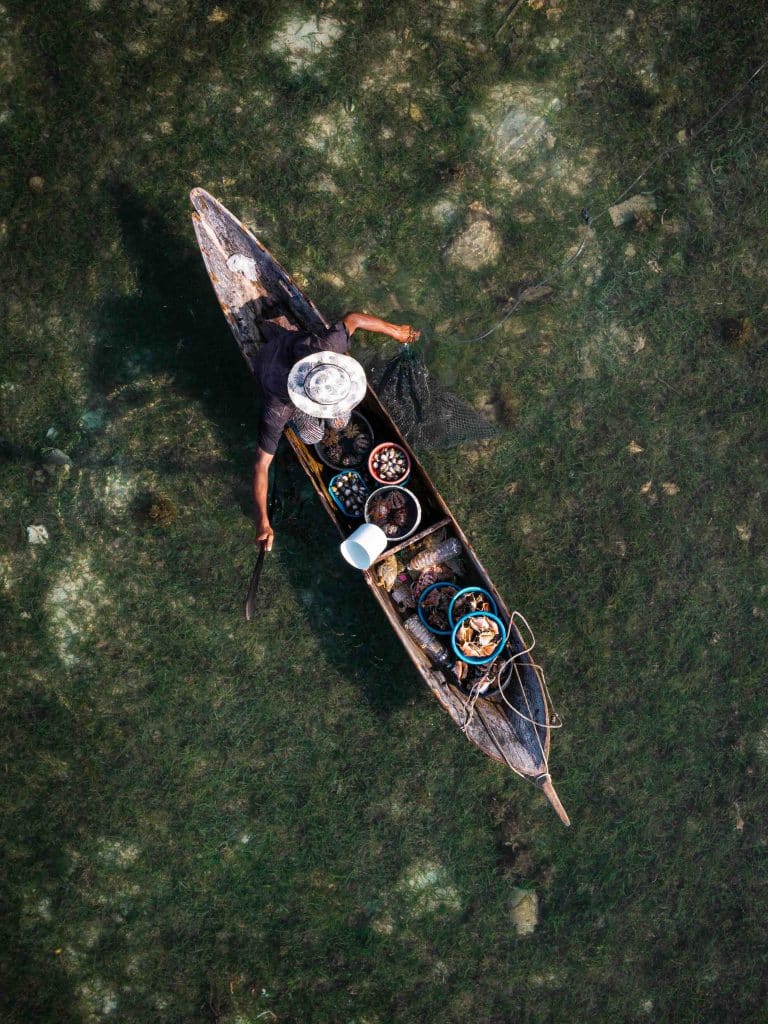
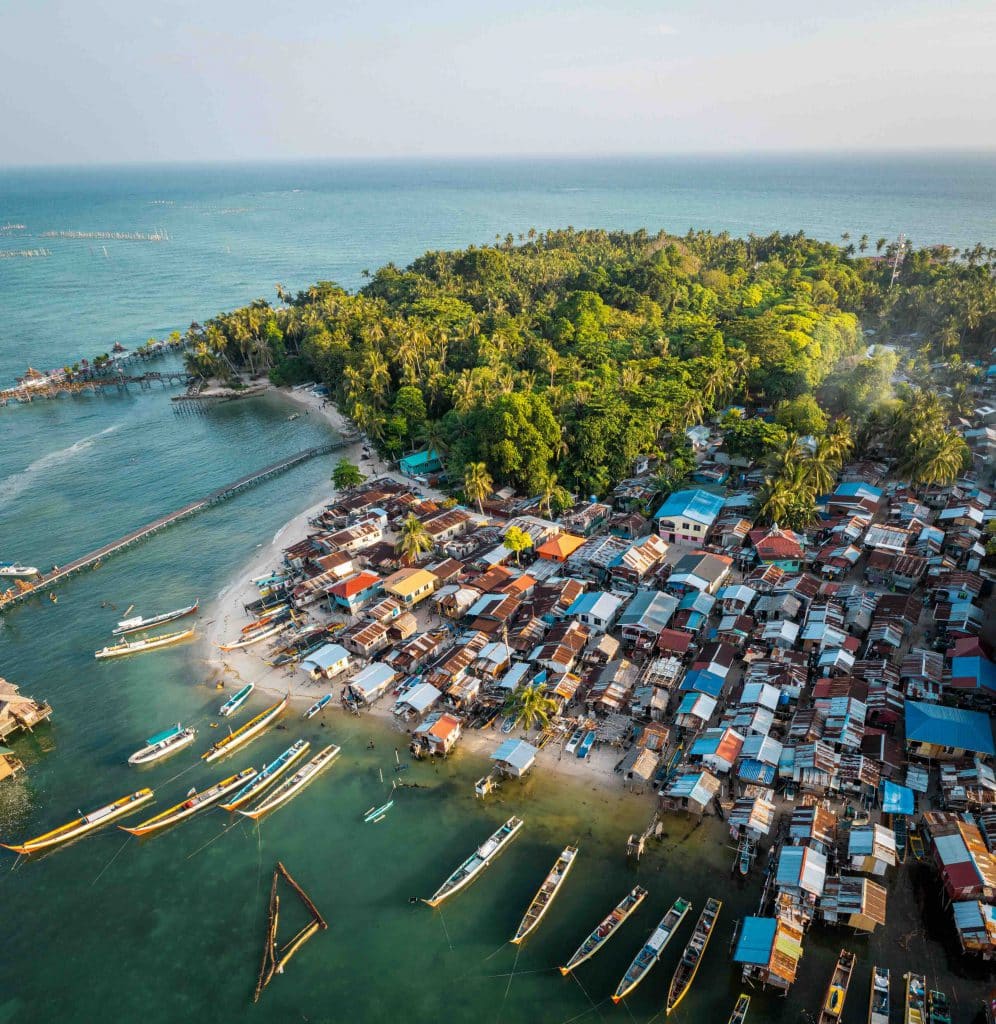
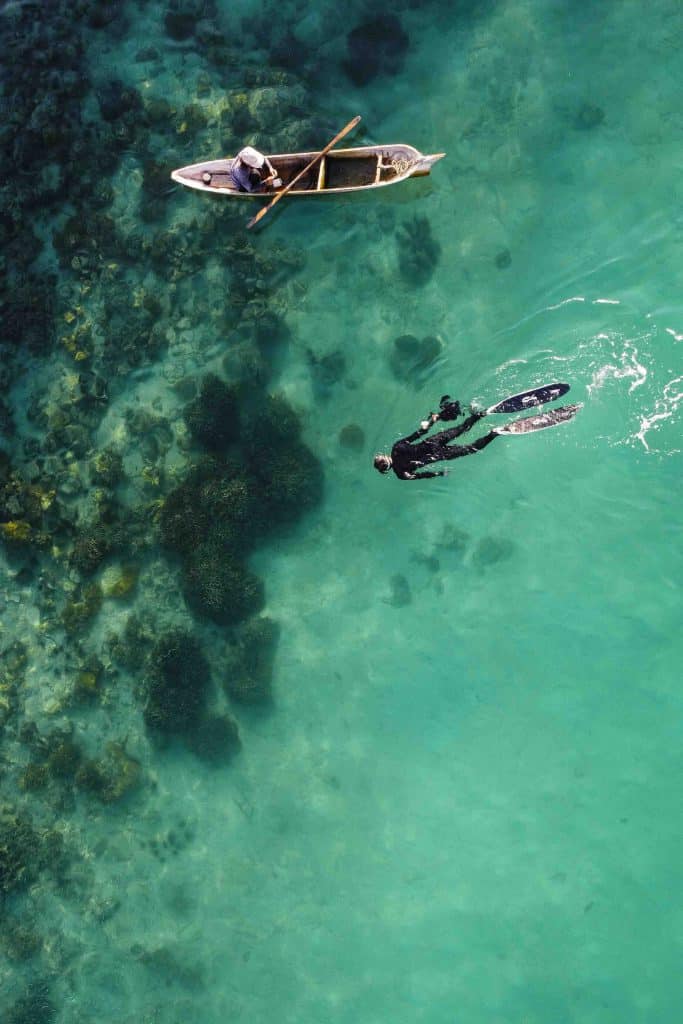
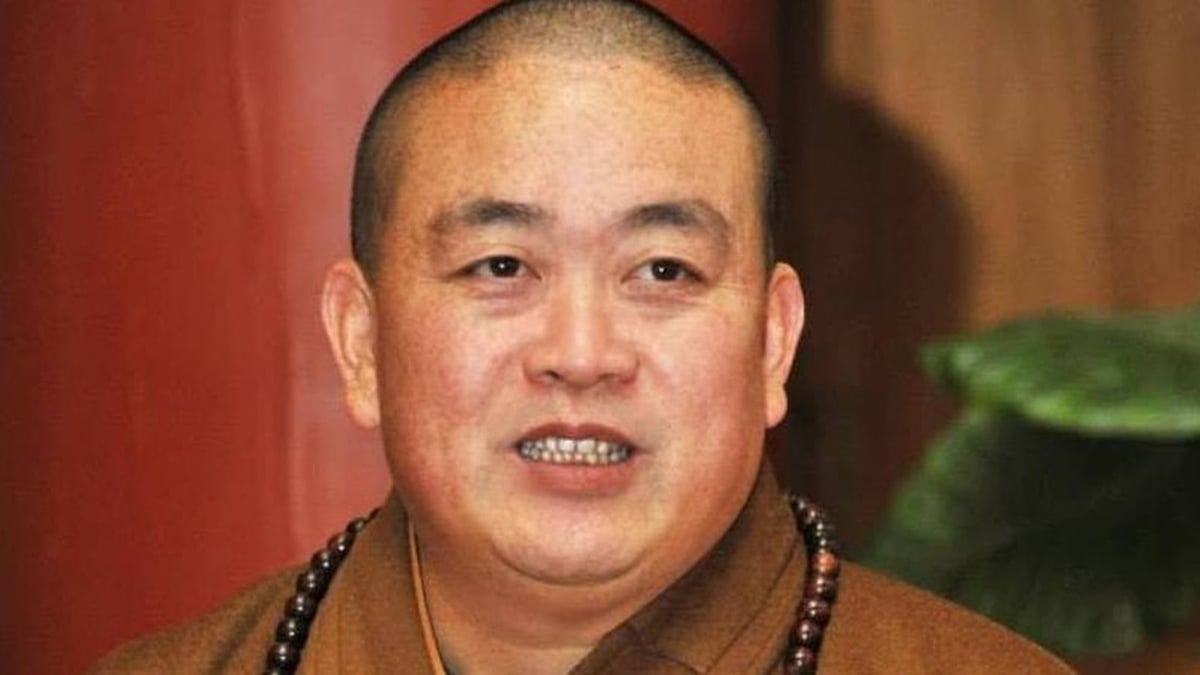


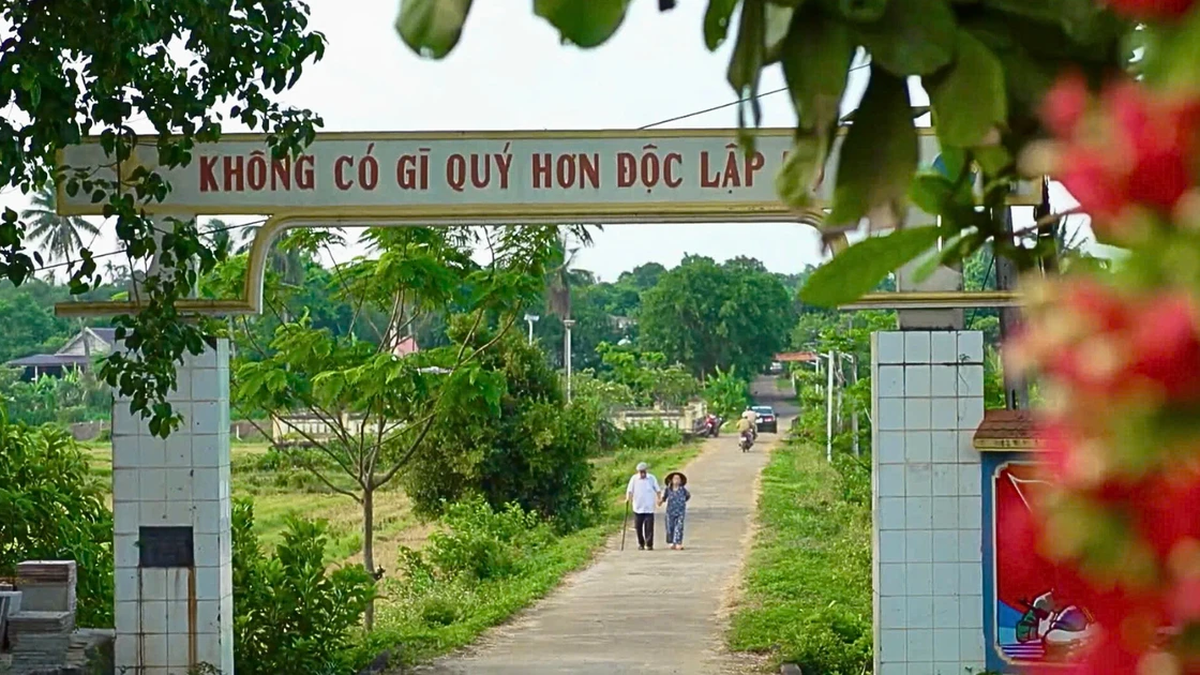



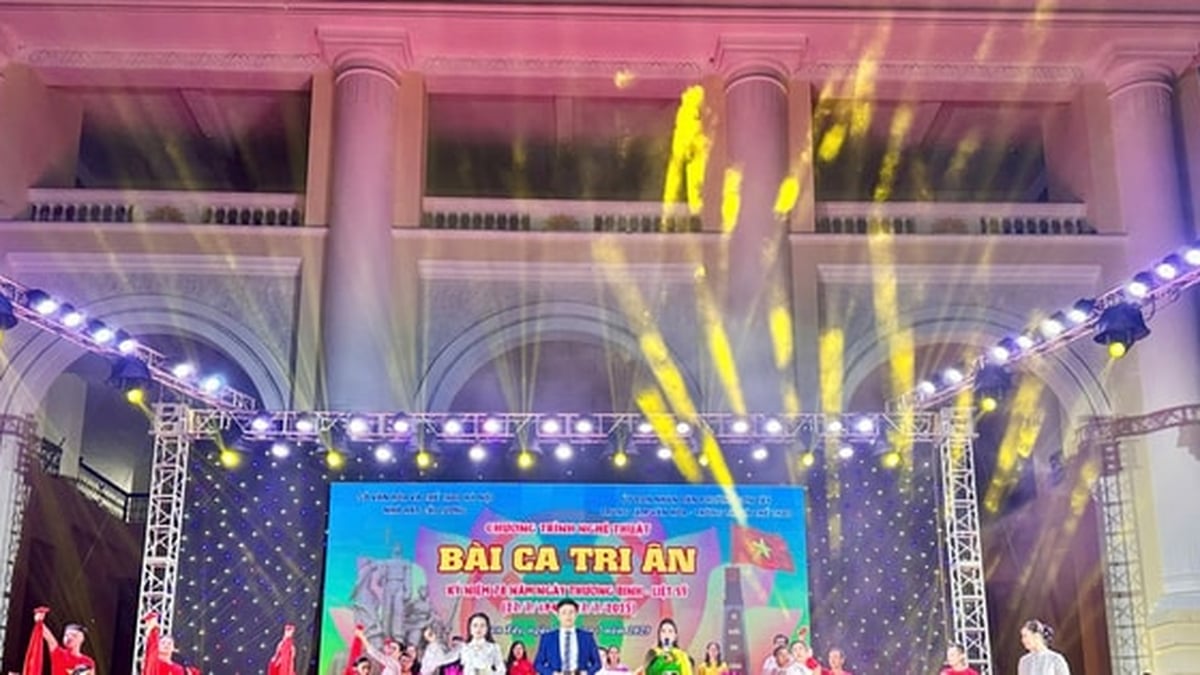












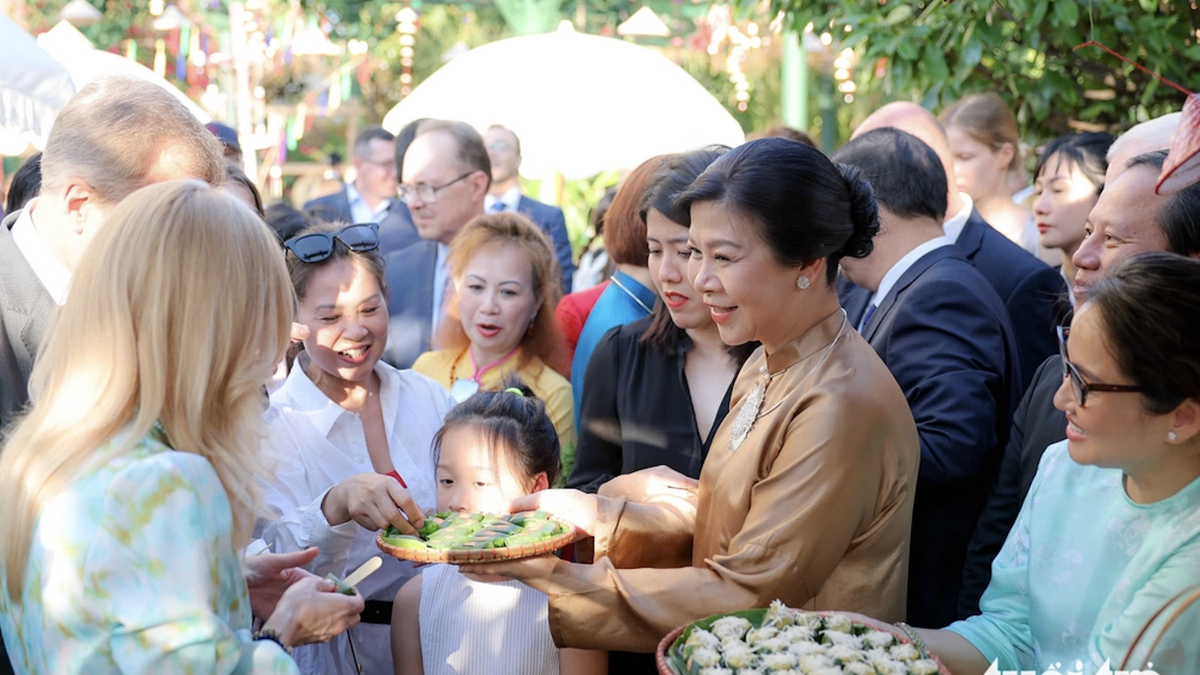



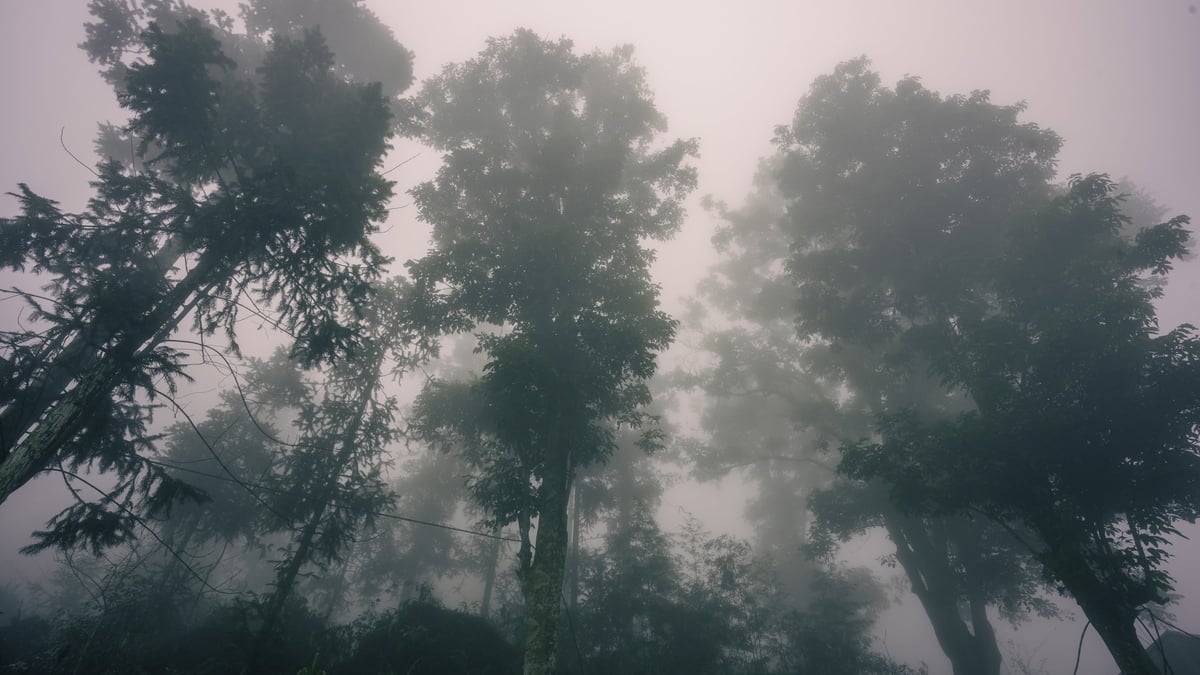
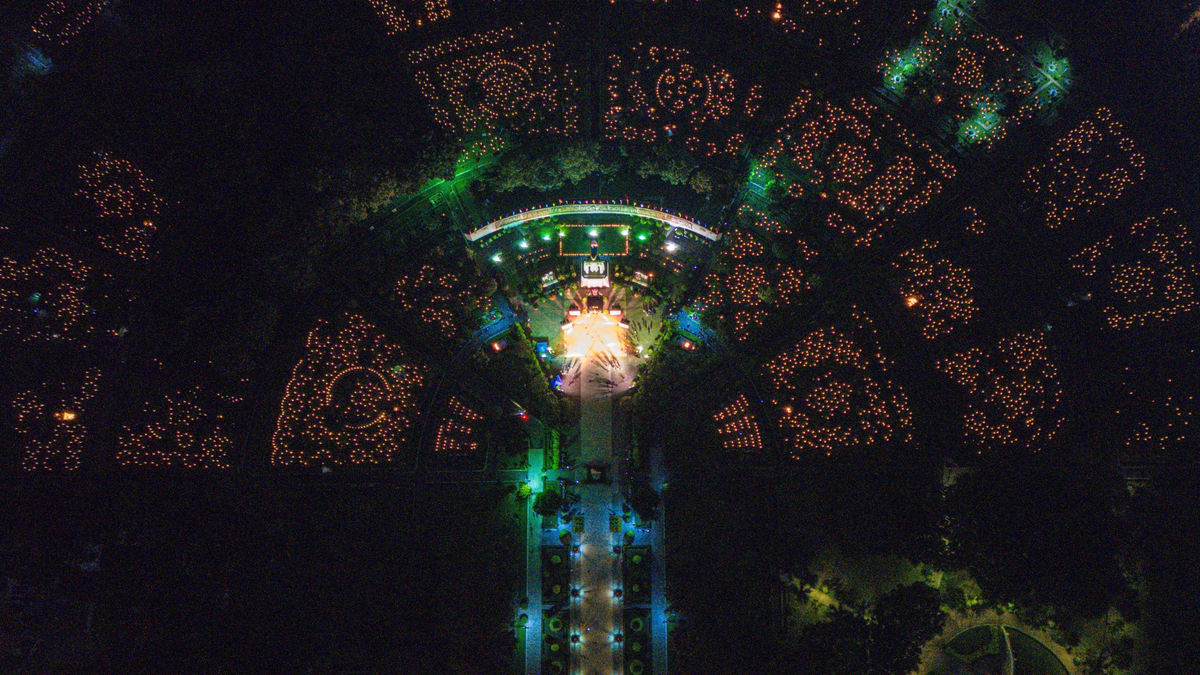


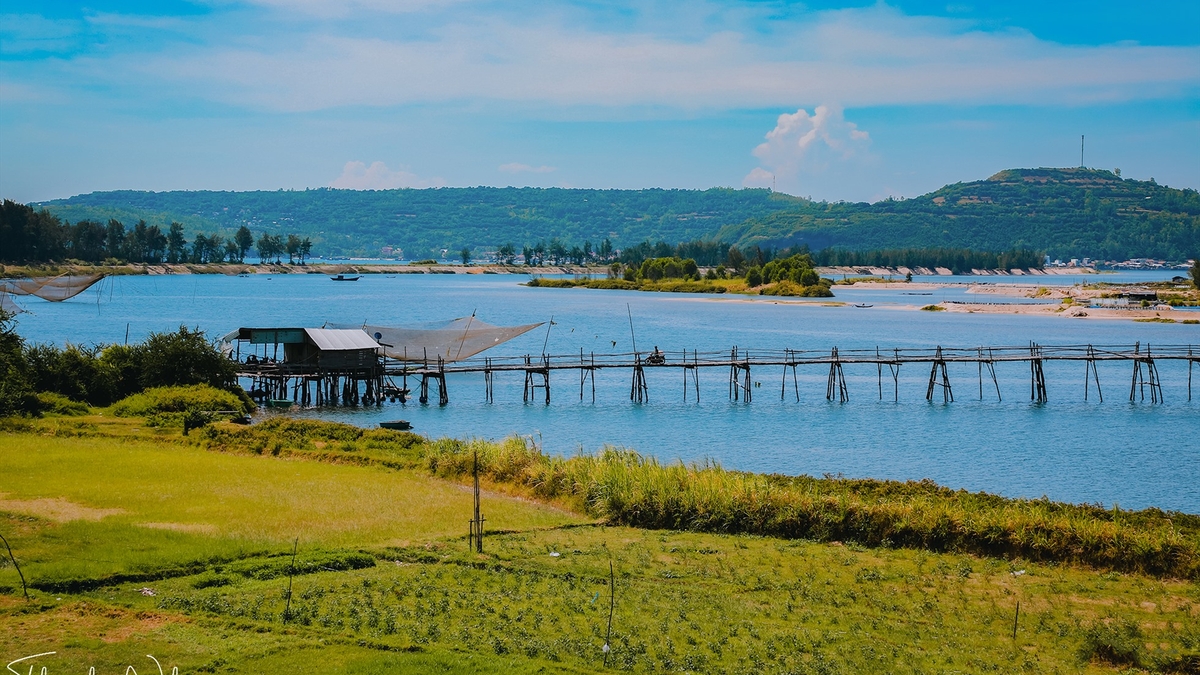
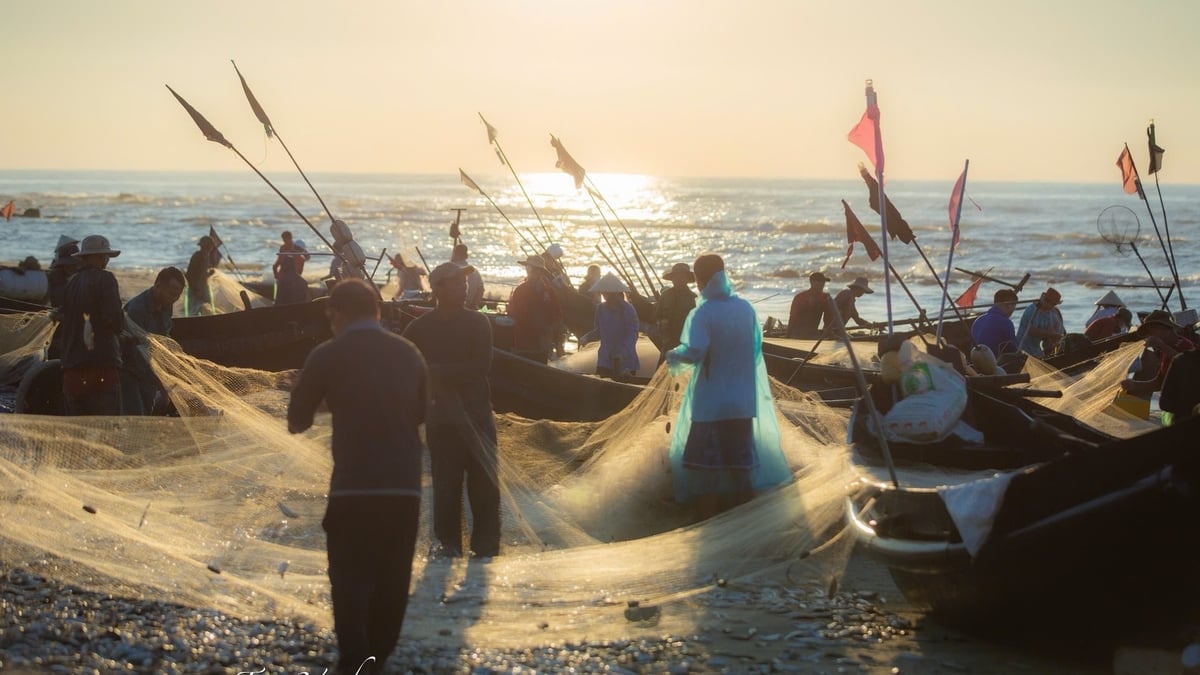
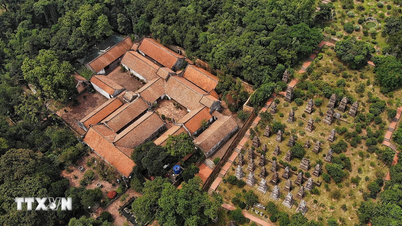



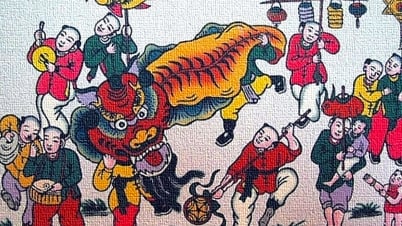



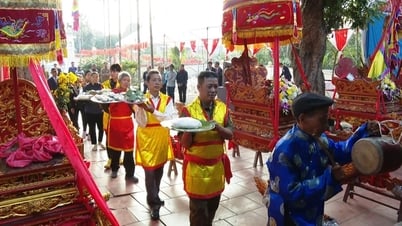

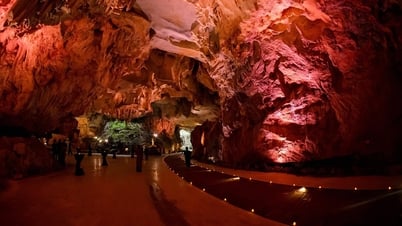





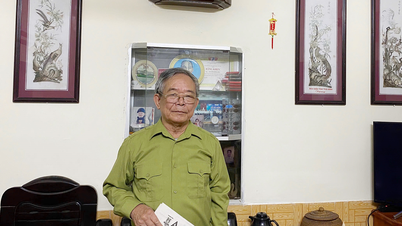









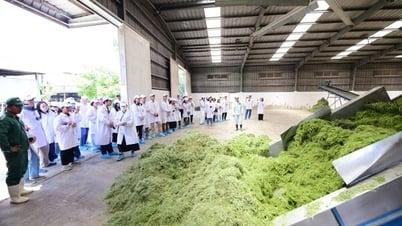
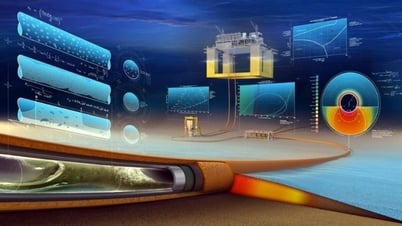


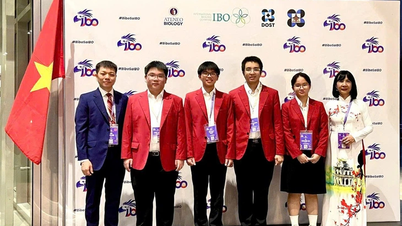




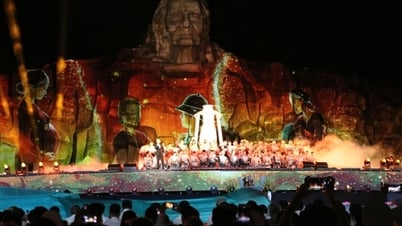



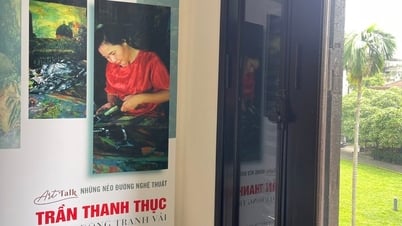
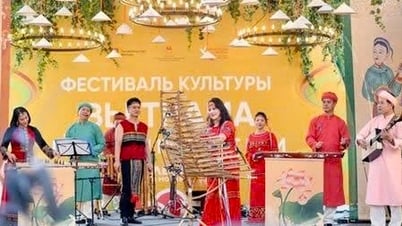





















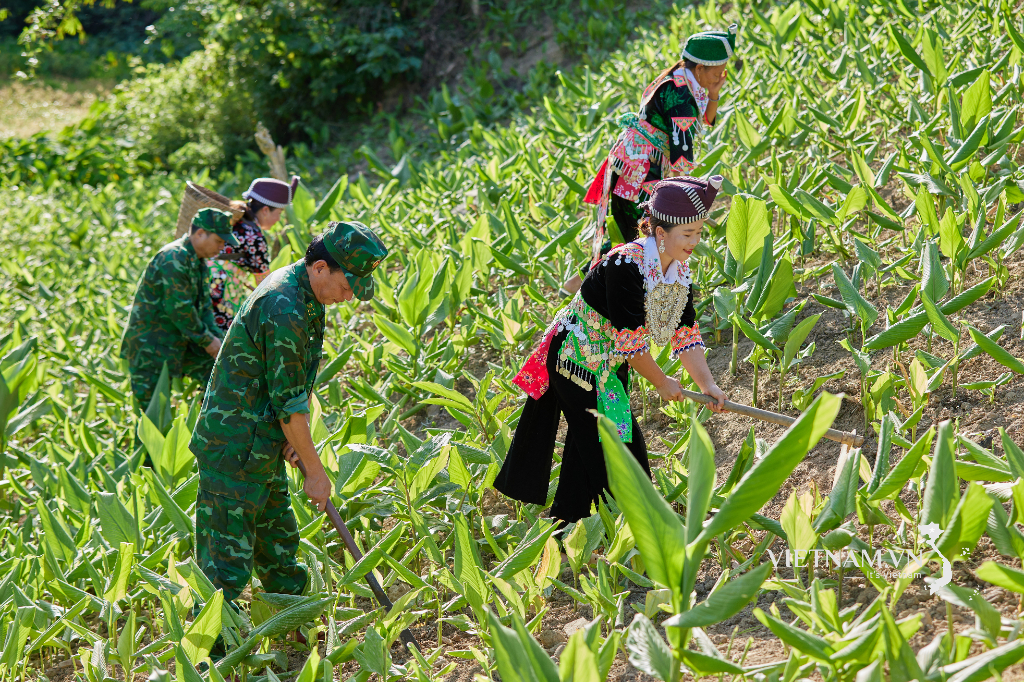
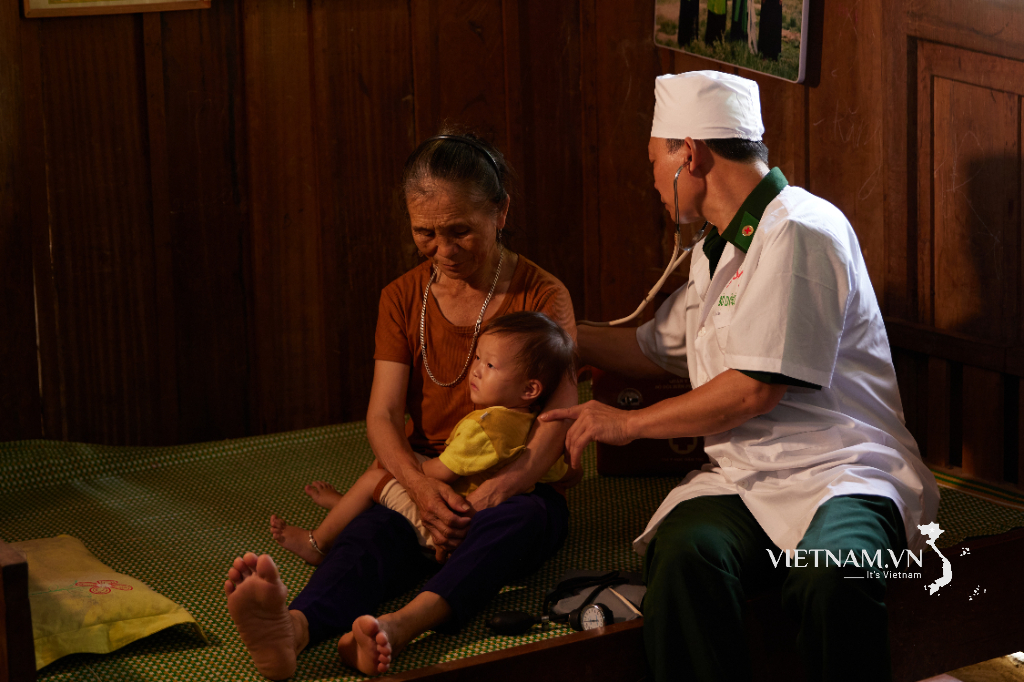


Comment (0)